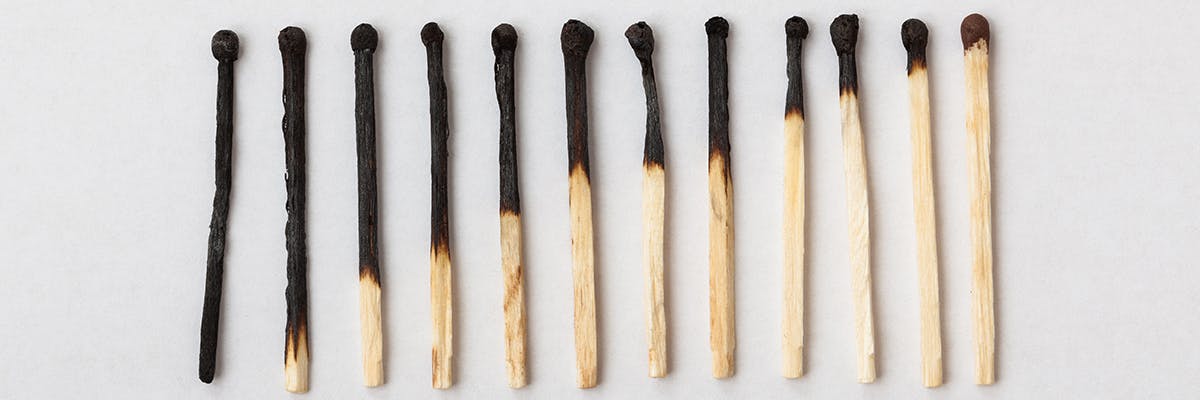Your dependency on nicotine doesn’t just revolve around cigarettes — it involves dozens of other related behaviours and habits that you’ve combined with smoking, sometimes without even realizing it. These familiar activities may seem harmless at first glance, but if you happen to be craving nicotine the next time you’re around them, you may find you have a much harder time resisting the urge to smoke.
Staying committed to cutting back means continually searching for any triggers that could tempt you to smoke and being conscious of them. Sometimes that might involve taking a moment to chew a piece of THRIVE gum or suck on a THRIVE lozenge at a moment when your smoking cravings are high. THRIVE will help you get through the cravings fast and let you enjoy those moments without having to give into the urge to smoke.
At home
When did you usually smoke at home? As soon as you walked through the door? After a meal? Make a note of all those triggers and make a deliberate effort to deal with them differently, even if the difference seems slight. For instance, if you used to smoke sitting at the kitchen table while talking on the phone and drinking coffee, there are two things you can change right away: talk on the phone in another room, and switch to tea or fruit juice. Such subtle changes to your routine can help you build new associations and distract you from cravings.
If smoking after dinner was a common practice for you, get into the habit of moving away from the table as soon as possible and busying yourself with an activity. Looking for something to do with your hands? Anything that’s not lighting a cigarette is great. Try doing puzzles, shuffling cards, knitting, sketching, cleaning—the list is endless. Keeping your hands moving and active means you’ll be less likely to miss holding a cigarette.

At work
If you used to look forward to smoke breaks with coworkers, a good short-term solution might be to take your breaks at different times than you used to. Instead of standing nearby as your colleagues puff away, you could try finding a new “break spot” or even taking a brisk stroll. It doesn’t have to be far, just long enough to keep your mind occupied and focused on anything other than smoking.
You may find it beneficial to mention to one or two trusted coworkers that you’ve cut back on smoking. Even people who have never been smokers are usually familiar with how hard it can be to break a nicotine habit, and they may make an extra effort to be more understanding in the workplace.







